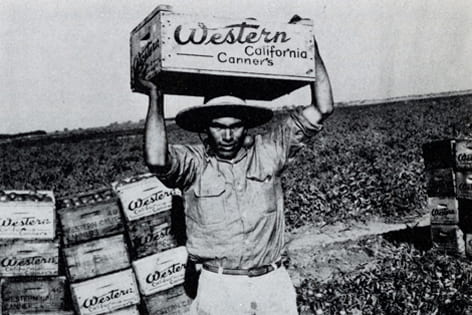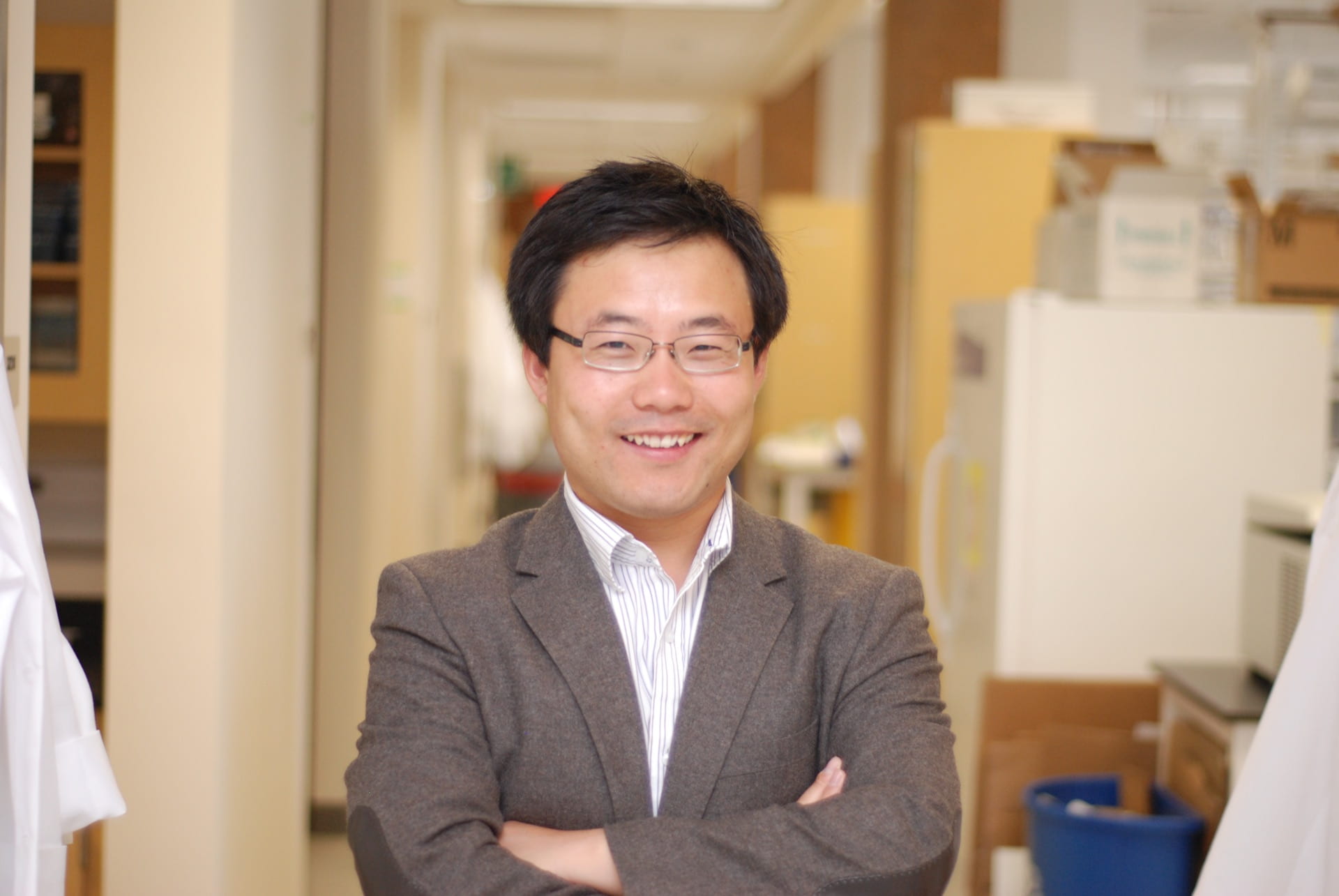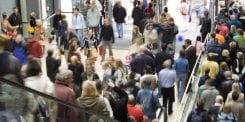Immigrants’ impact on OC
“Immigrant Lives in ‘The O.C.’ and Beyond,” a new exhibit at UC Irvine’s Langson Library, traces the history of immigration, showing how the county arrived at where it is today.

Orange County’s public school students speak more than 50 languages and the area’s ethnic and cultural diversity is apparent to all who live and work here. “Immigrant Lives in ‘The O.C.’ and Beyond,” a new exhibit at UC Irvine’s Langson Library, traces the history of immigration, showing how the county arrived at where it is today.
A display of books, pamphlets, newspaper articles and historic photographs tracing the area’s often-turbulent immigrant heritage from the 19th century to the present is now available for browsing during regular library hours. Photos depict immigrants drawn to the area by agriculture and service industry jobs.
Among historical events detailed:
- A 1936 citrus strike involving almost 3,000 fruit pickers that led to 400 controversial arrests;
- A glimpse into the bracero program, which brought about 70,000 Mexican, Filipino, Jamaican and Japanese immigrants to work in Orange County fields from 1943 to 1964; and
- The existence of a once-thriving Santa Ana Chinatown, which was burned to the ground during a leprosy scare in May 1906.
Today, one in four Californians is an immigrant. The Public Policy Institute of California cites a fivefold increase in the state’s immigrant population between 1970 and 2006, from 1.8 million to 9.9 million.
Daniel Tsang, social sciences data librarian, curates the exhibit. He knows what it is like to immigrate to a new culture, having arrived in California in 1967 from his native Hong Kong. Tsang hopes the exhibit dispels the county’s image as a homogenous, wealthy enclave.
“The purpose of the exhibit is to educate people who don’t know their local history,” he says. “Most of us came from somewhere else, and I want to give credit to those who came before us, who contributed their sweat, tears and labor.”
At the Nov. 18 exhibit opening, UCI Chancellor’s Professor of Sociology and Economics Frank Bean spoke on “Immigration: Its Past and Future Significance for the United States.”

